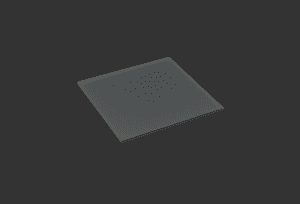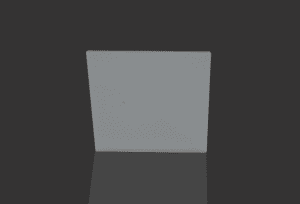Neutral Density Filters
Neutral Density (ND) filters, a crucial tool in photography and photometric measurements, serve to uniformly modify light intensity without introducing color distortion. Avantier’s comprehensive overview illuminates the purpose and versatility of ND filters. These optical gems enable photographers to achieve artistic effects, such as shallow depth of field and motion blur. Avantier also delves into specialized types, including Center and Graduated ND Filters, explaining their distinct advantages. Furthermore, the concept of optical density (OD) and the stacking of ND filters are detailed, alongside considerations for stacking. Avantier’s high-quality offerings, spanning visible light, ultraviolet, and infrared applications, highlight their commitment to catering to diverse customer needs.


Neutral Density Filters
Here’s a summary of the information provided about Neutral Density Filters at Avantier:
Purpose of Neutral Density Filters
- ND filters modify the intensity of all wavelengths of light equally, reducing light levels without introducing color casts.
- They are used in photometric applications to control excess light that may interfere with accurate readings.
- In photography, ND filters reduce the amount of light entering the camera, enabling creative effects such as shallow depth of field and motion blur.
Photographic Applications
Photographers use ND filters to achieve effects like a shallower depth of field and motion blur. These filters allow for longer exposures and slower shutter speeds in bright lighting conditions.
Specialized Types of ND Filters
- Center Neutral Density Filters: Used to balance exposure when using wide-angle lenses.
- Graduated Neutral Density Filters: Feature a gradient of optical density and are useful for capturing scenes with bright backgrounds and darker foregrounds.
Optical Density of ND Filters
- ND filters are characterized by their optical density (OD).
- OD is inversely related to fractional transmittance, and it is calculated as 10^(-d), where d is the optical density.
- ND filters with specific optical densities correspond to specific stops of light reduction.
Stacking ND Filters
- ND filters can be stacked to achieve higher optical densities and block more light.
- When stacked, the transmittance of the final assembly is the product of the transmittance of individual filters, and the total optical density is the sum of the optical densities of each filter in the stack.
Stacking Considerations
It is essential to avoid arranging neutral density filters with surfaces parallel to prevent internal surface reflections.
Avantier’s Offerings
- Avantier produces high-quality ND filters for visible light, ultraviolet, and infrared applications.
- They offer a neutral density filter kit with filters of varying optical densities that can be used individually or in stacked configurations.
- Stepped optical filters, also known as stepped neutral density filters, are available for applications requiring a discrete range of light transmission.
- Customers can request a free quote online or contact a representative to learn more about Avantier’s capabilities.
Neutral density filters are versatile tools with applications in various fields, from photography to scientific and industrial settings, and Avantier offers a range of options to meet these diverse needs.
Avantier offers custom options to meet specific requirements. Our engineering team has extensive experience designing complex optical systems for various applications. If you require more information or wish to explore the catalog of in-stock Neutral Density (ND) filters or custom options, please contact us or request for quote.
WE CAN HELP YOU!
Contact us NOW for sales & expert advice.

